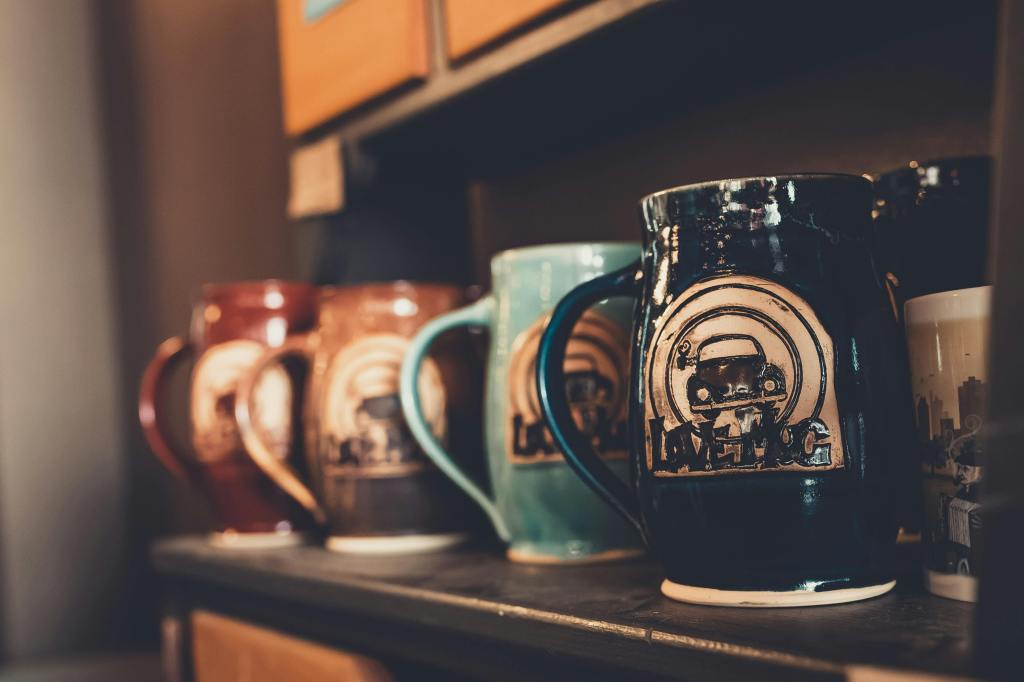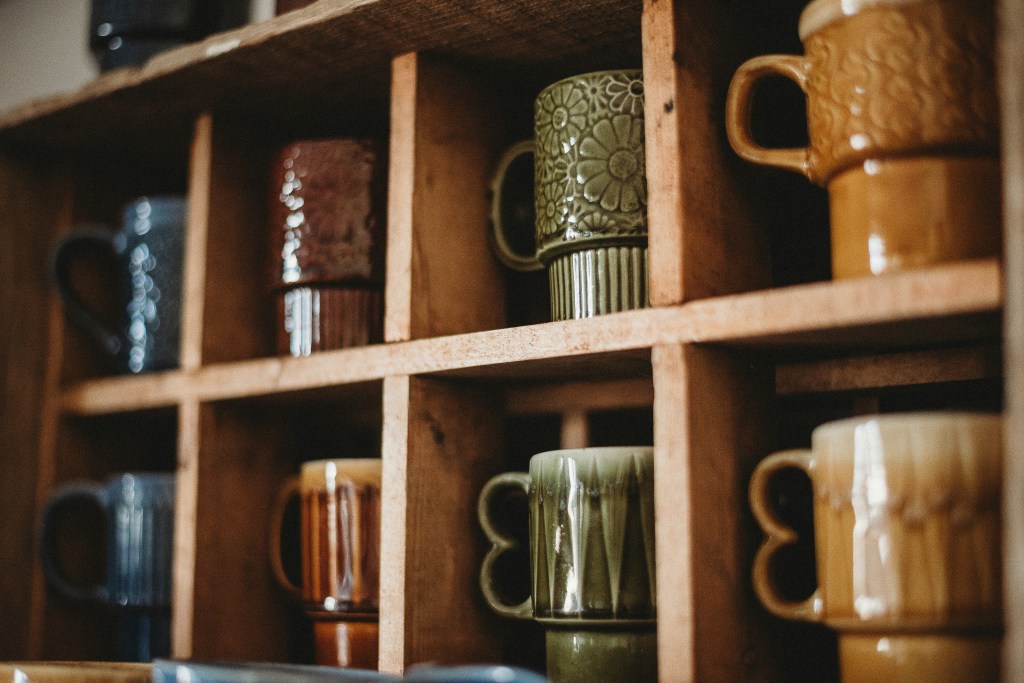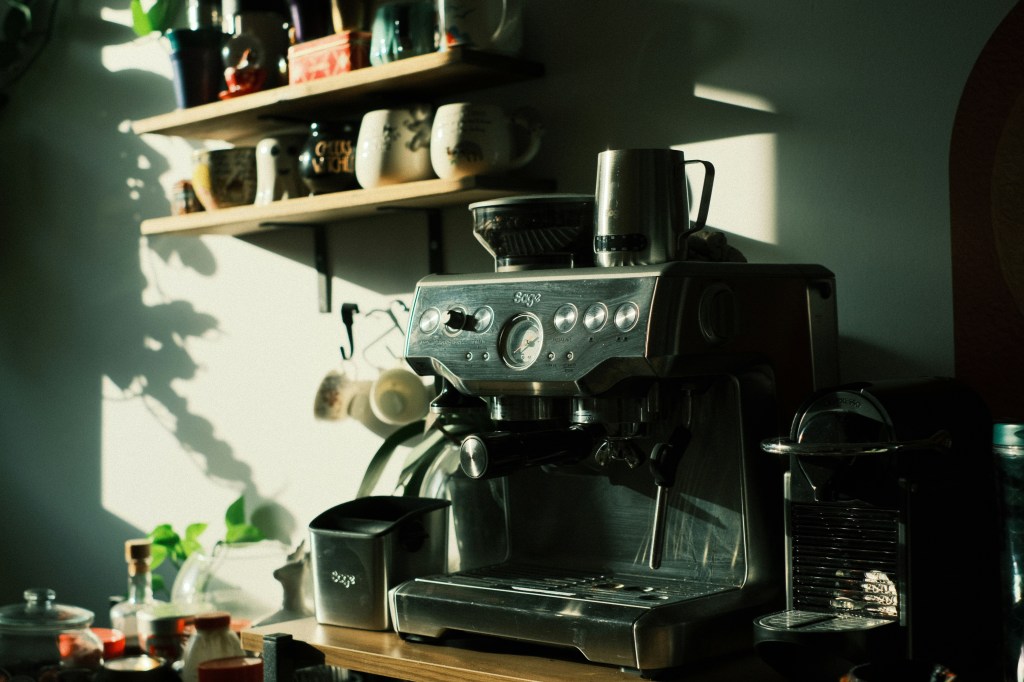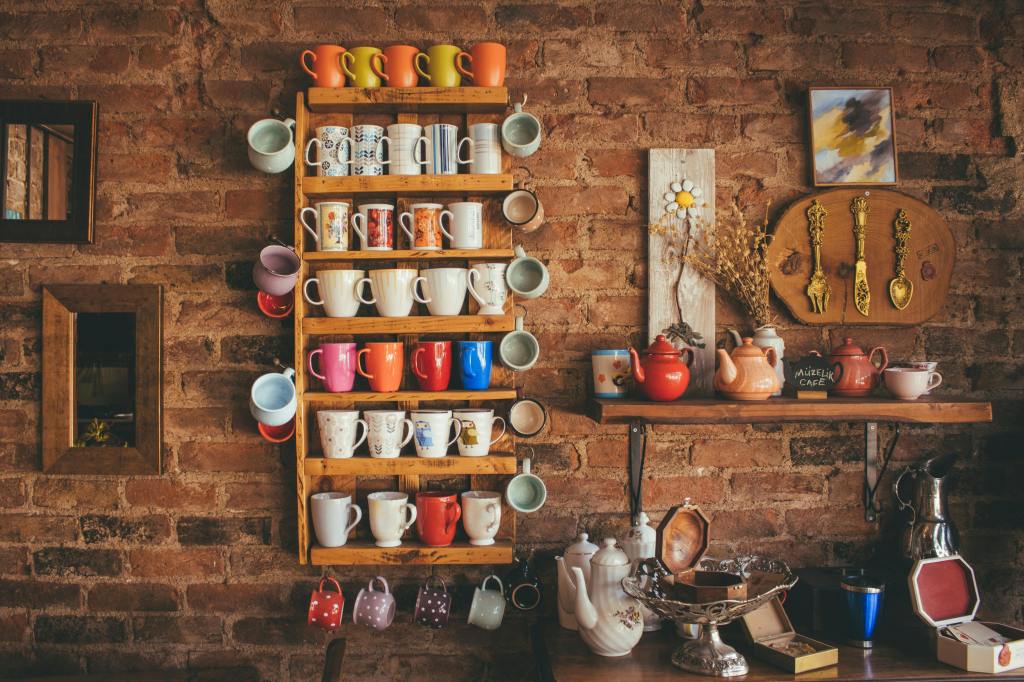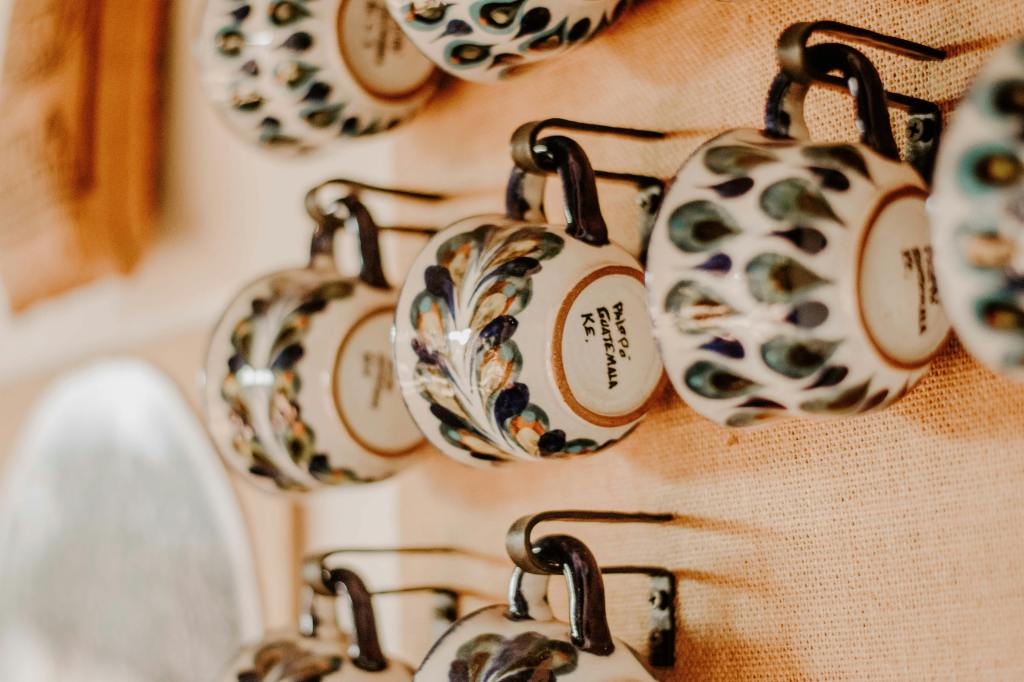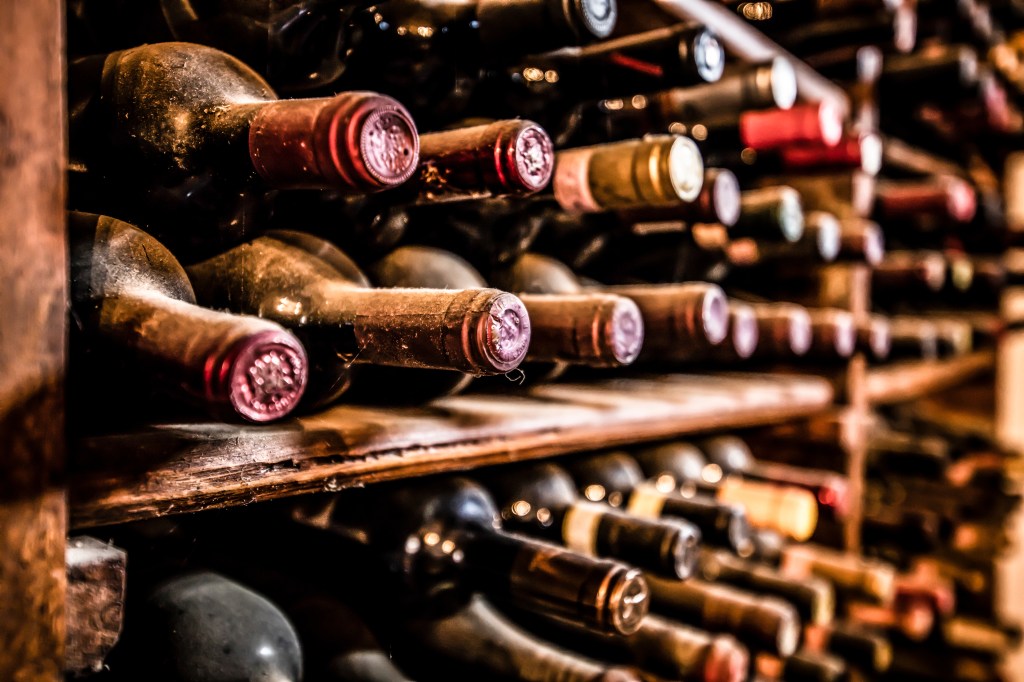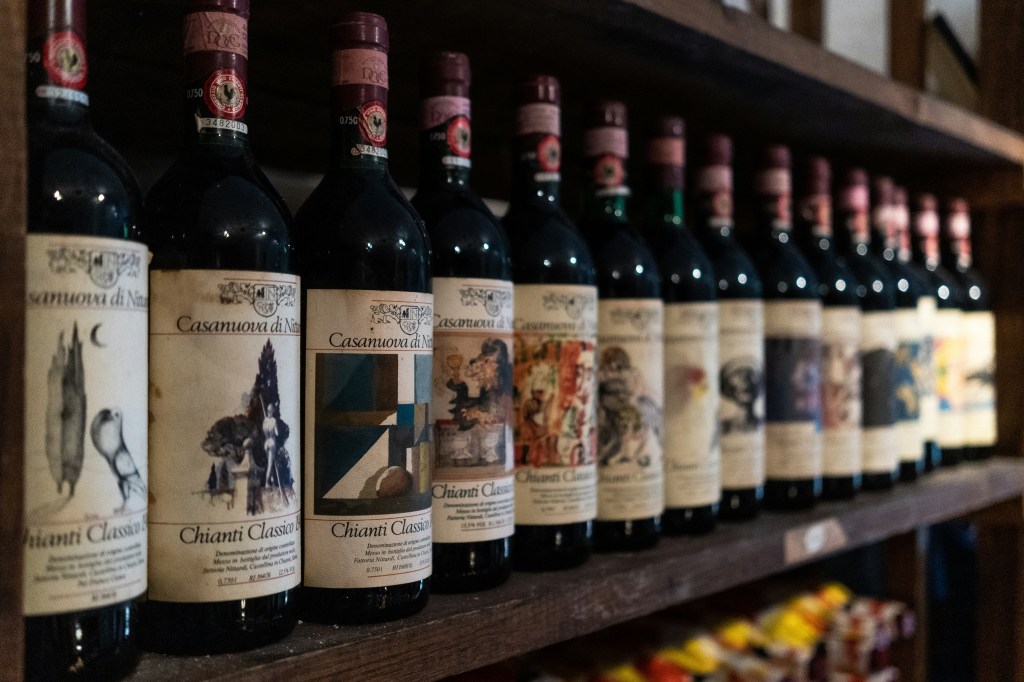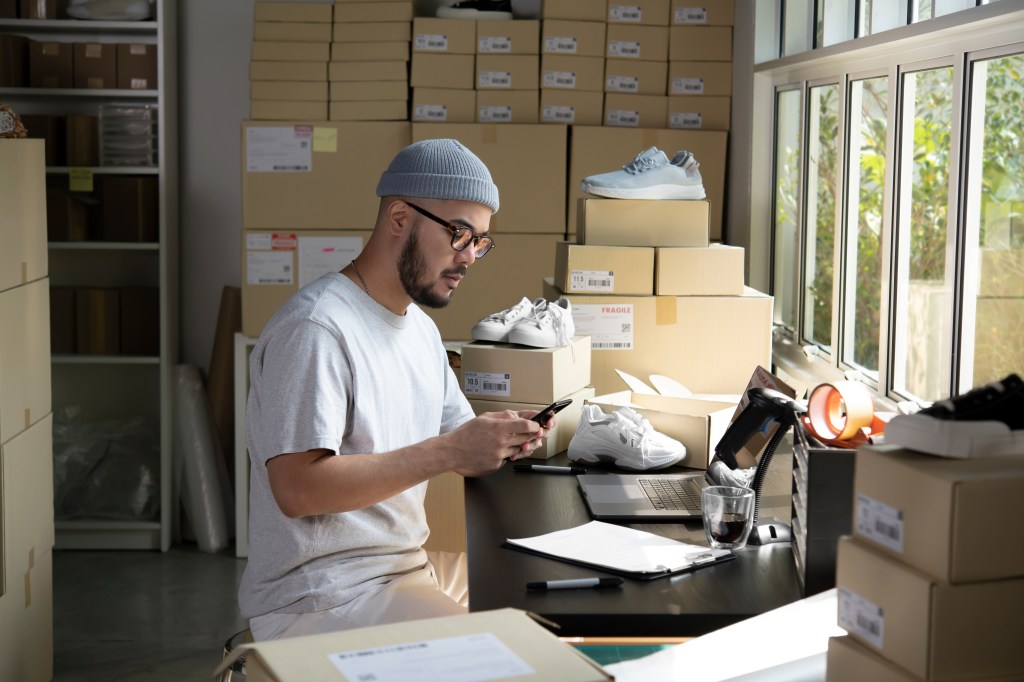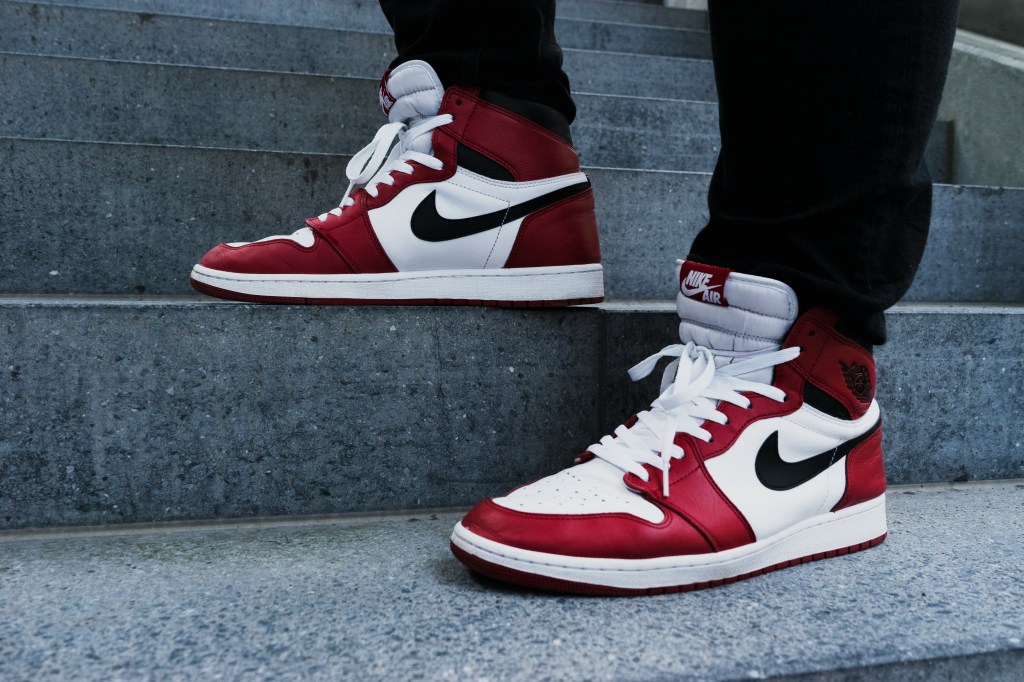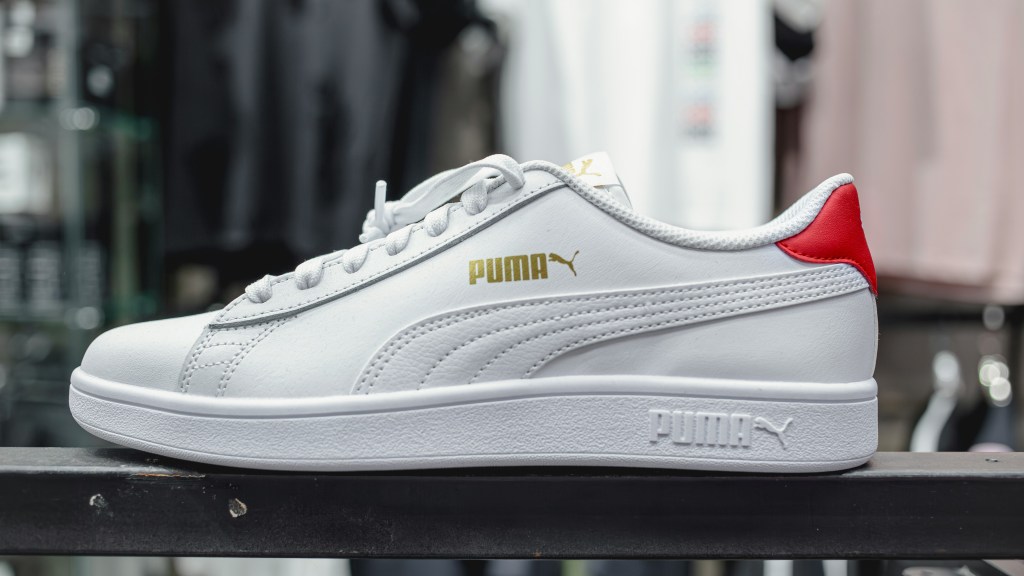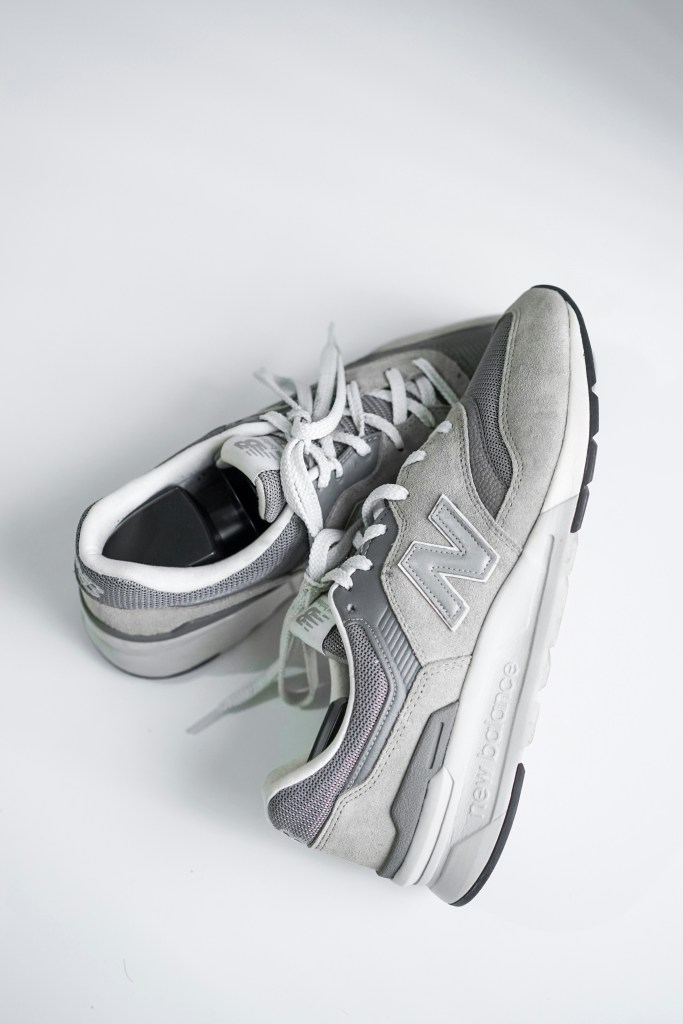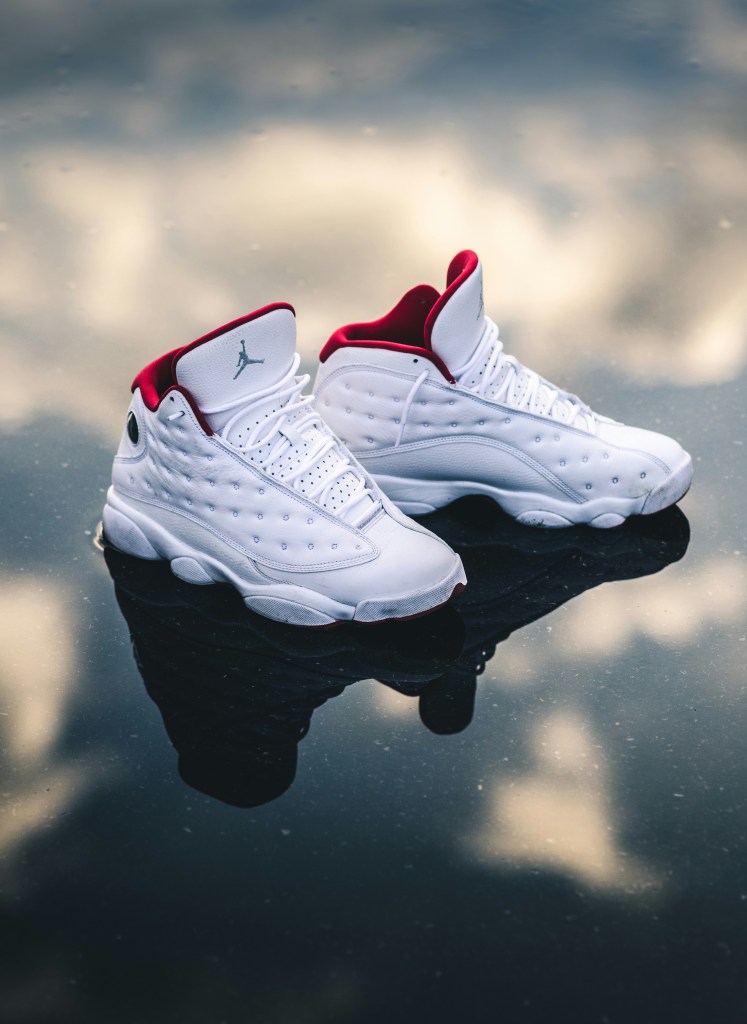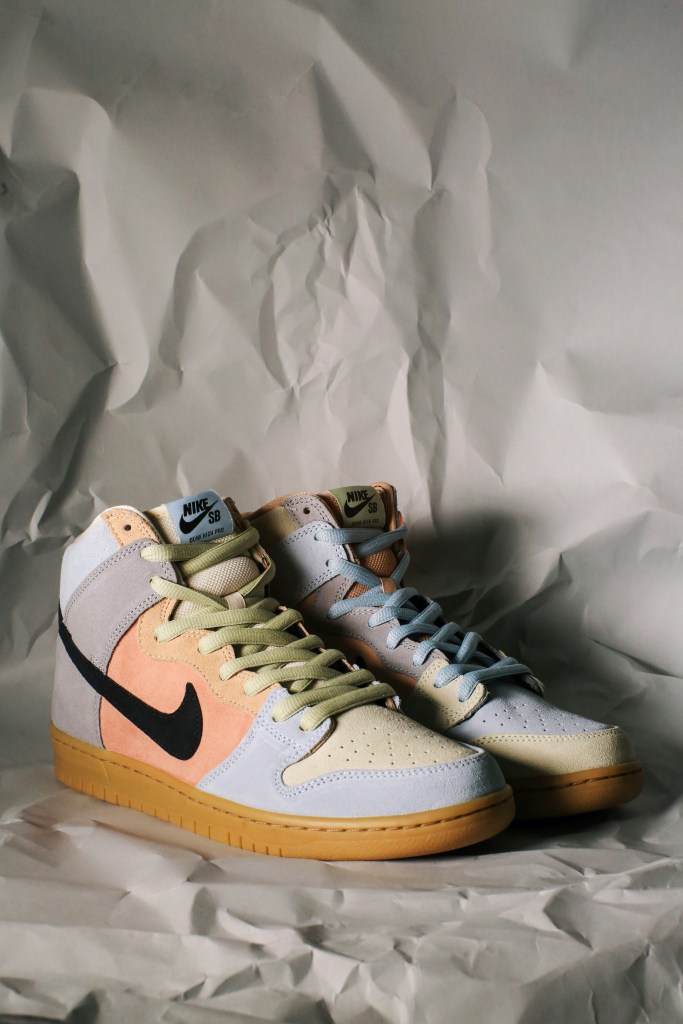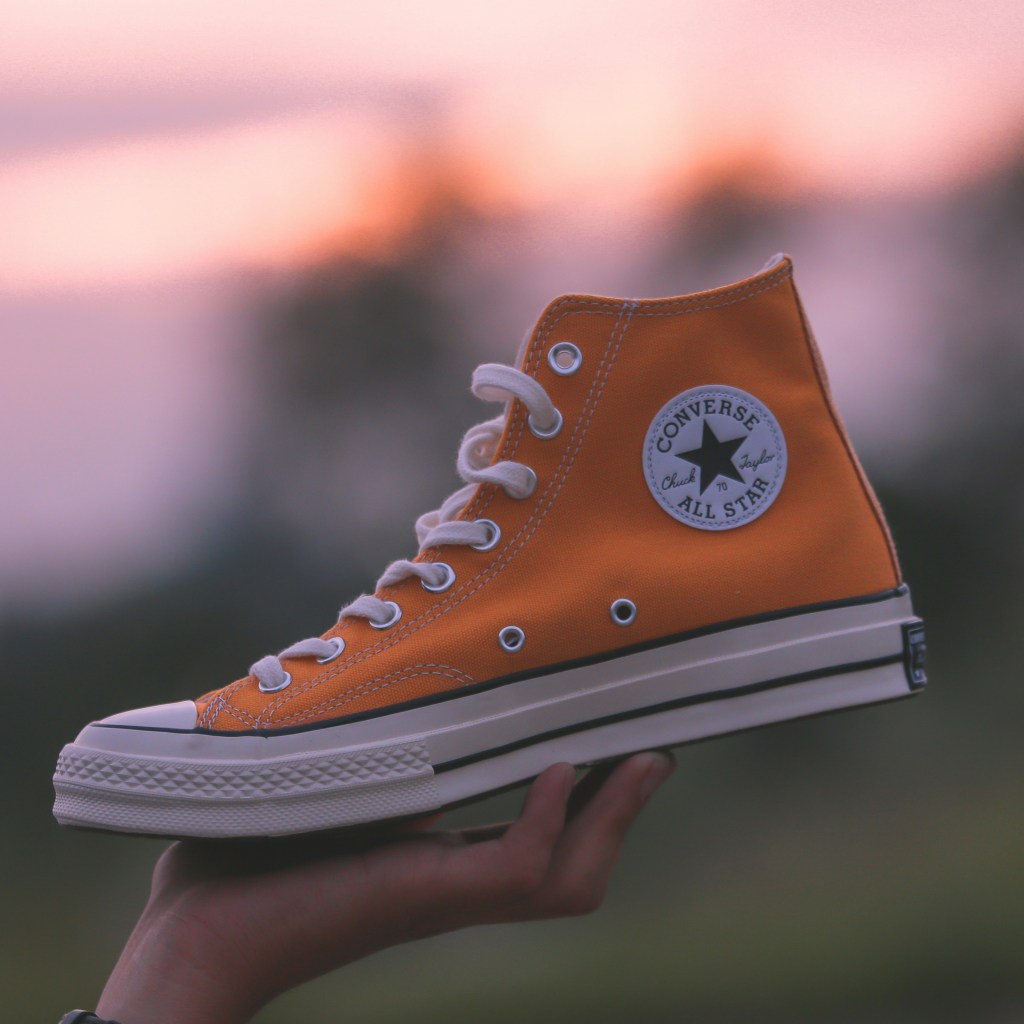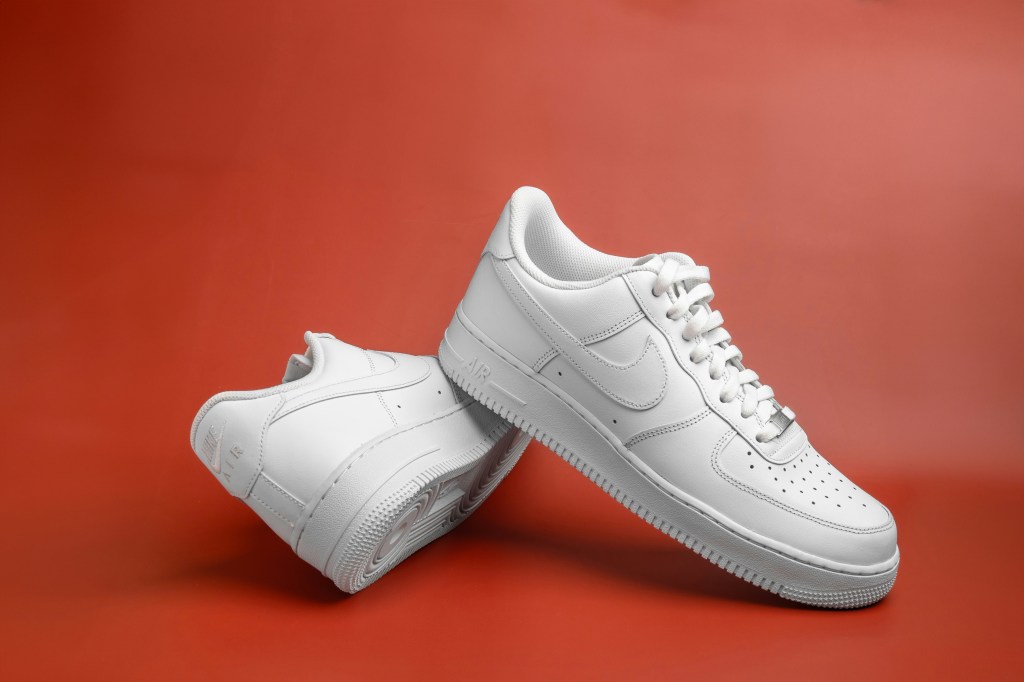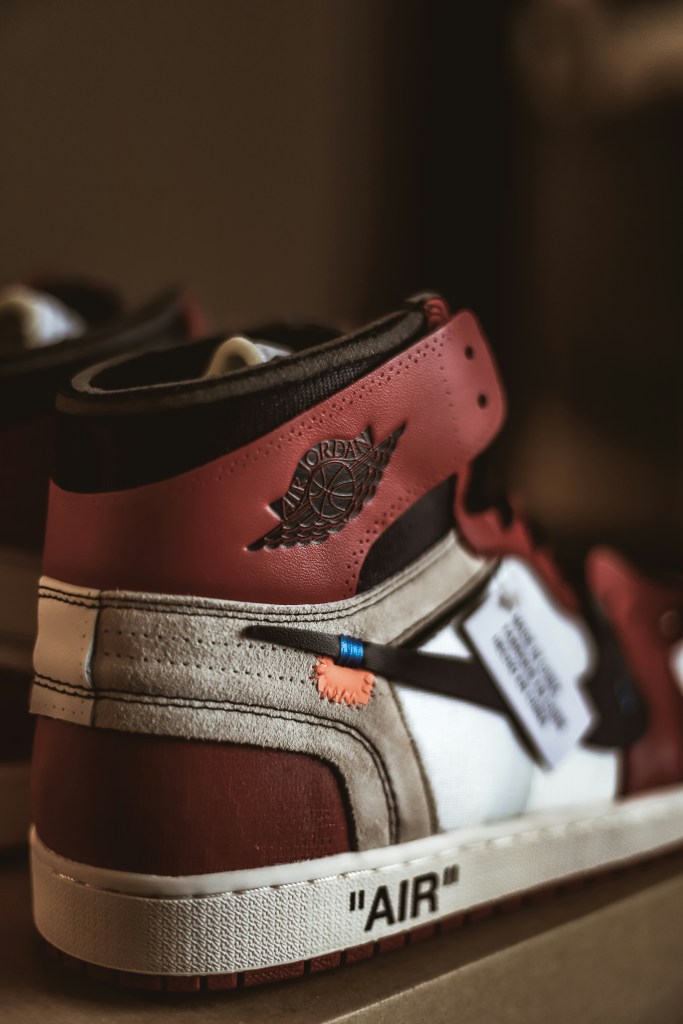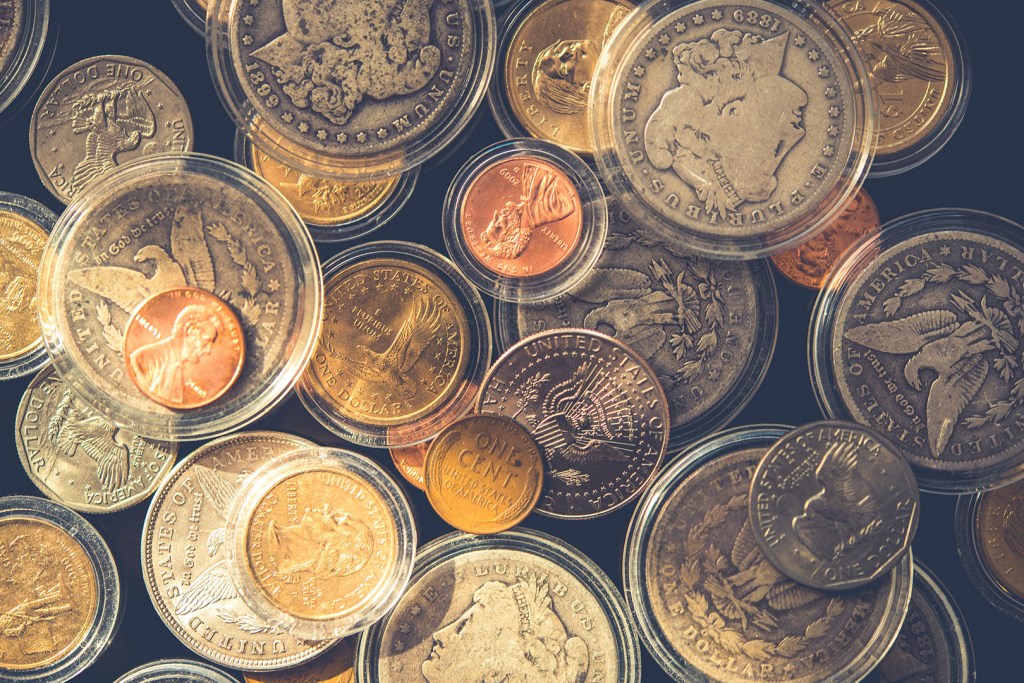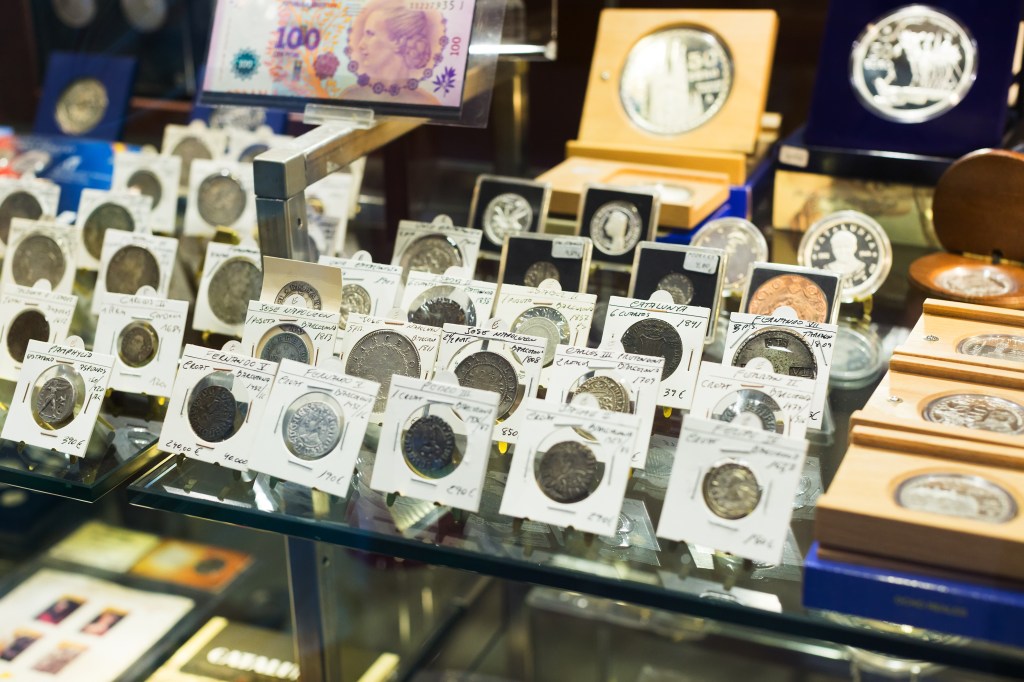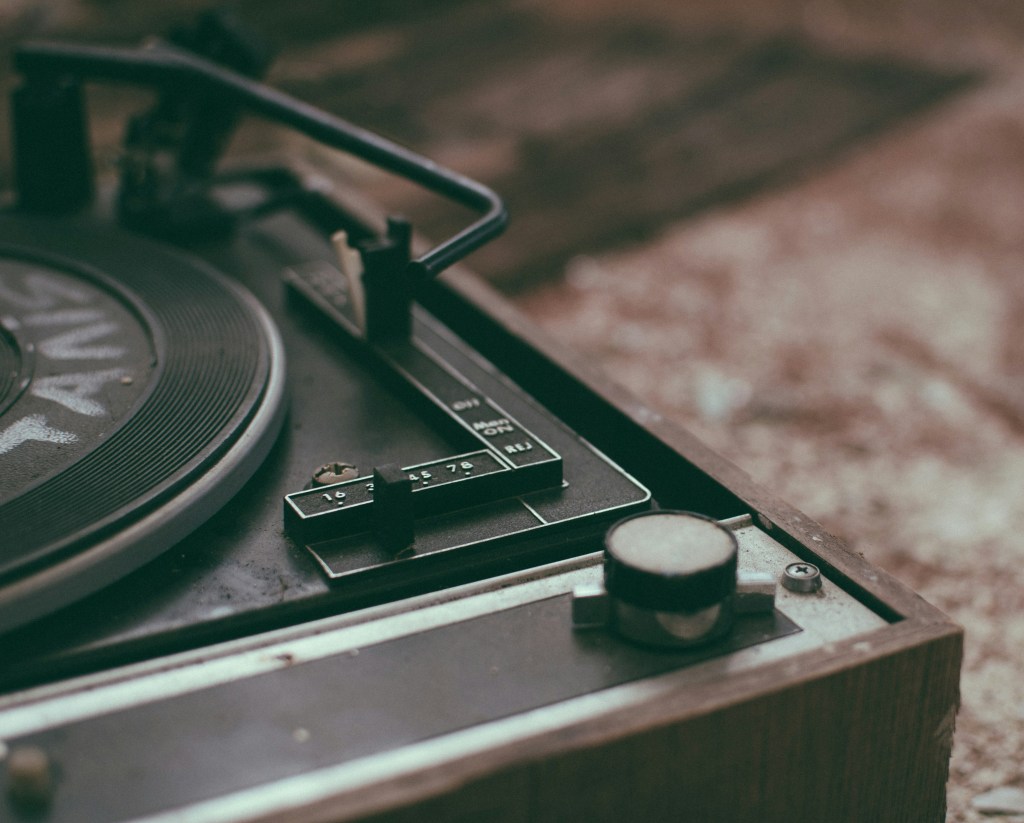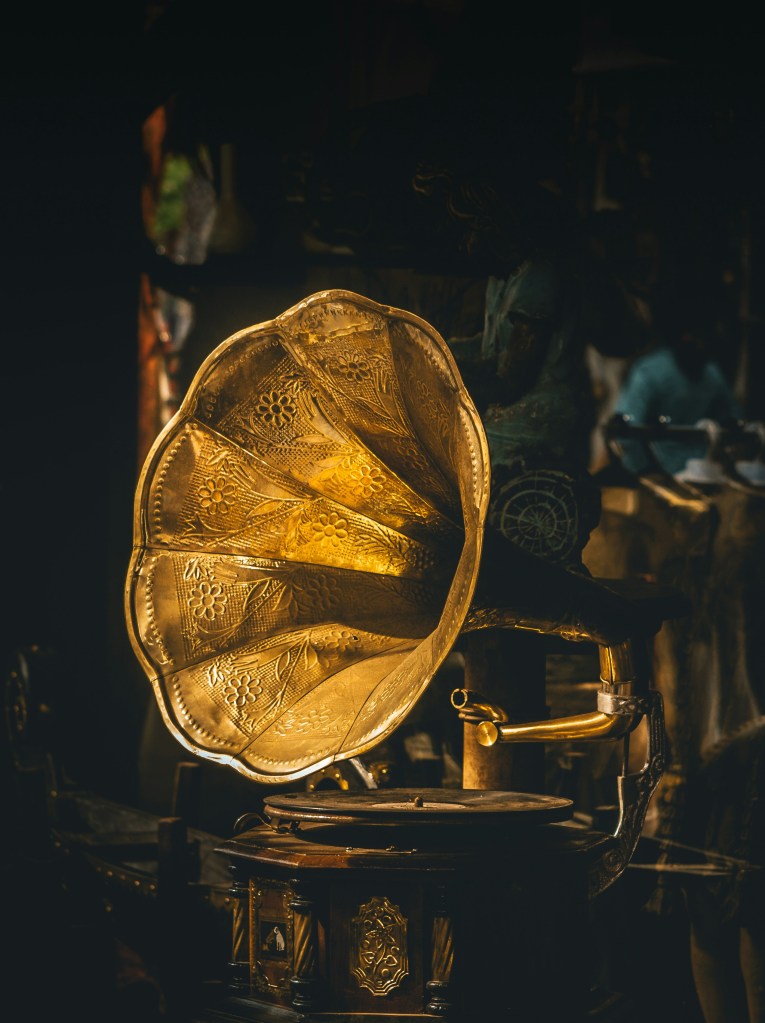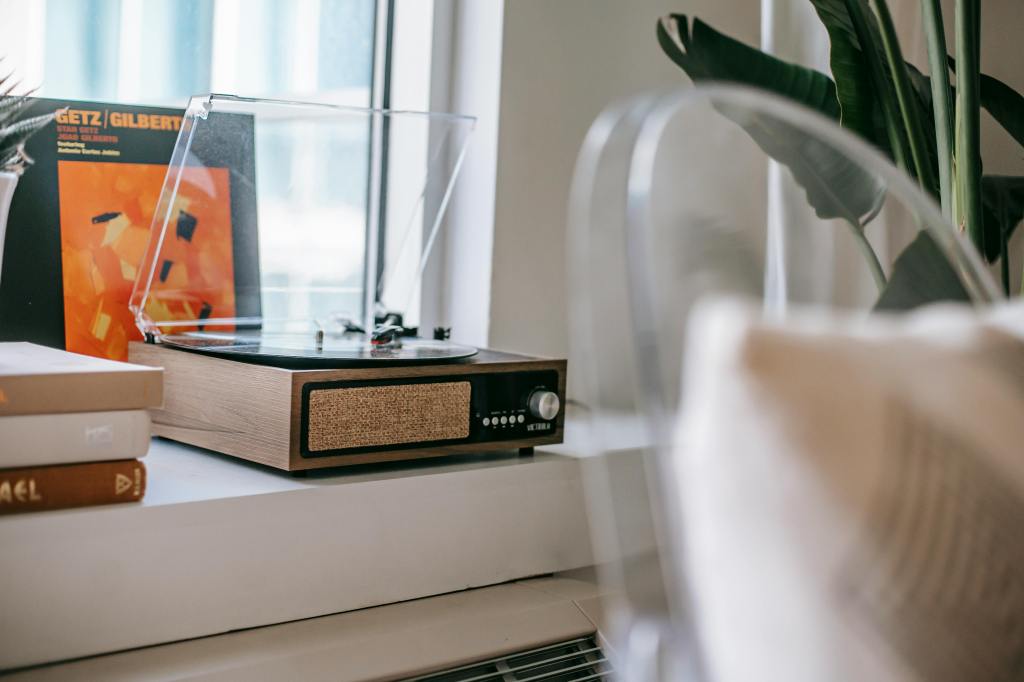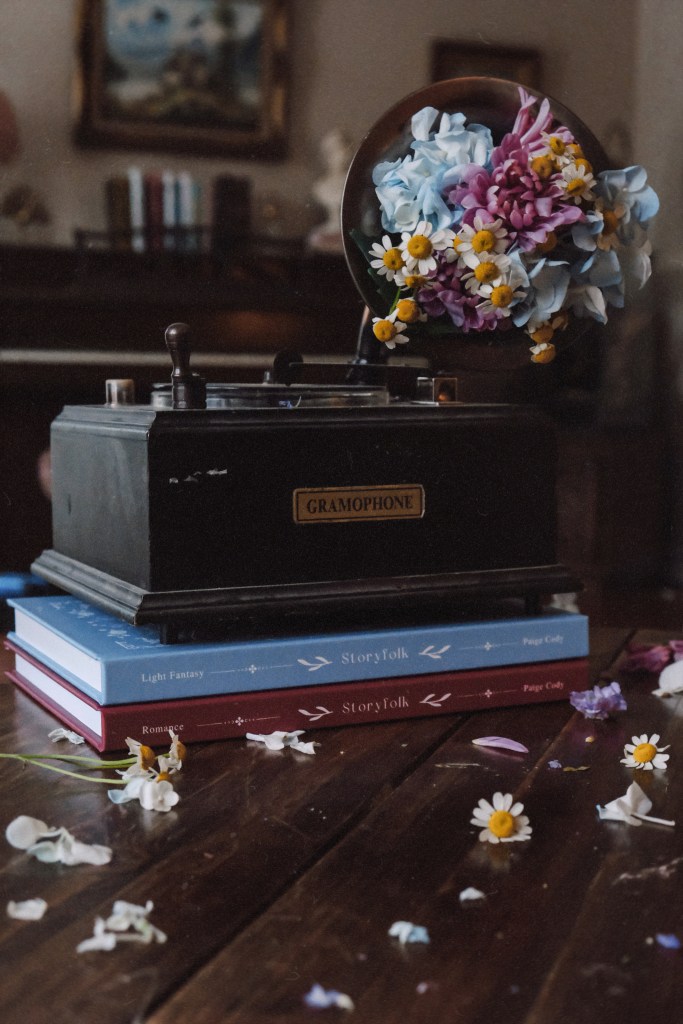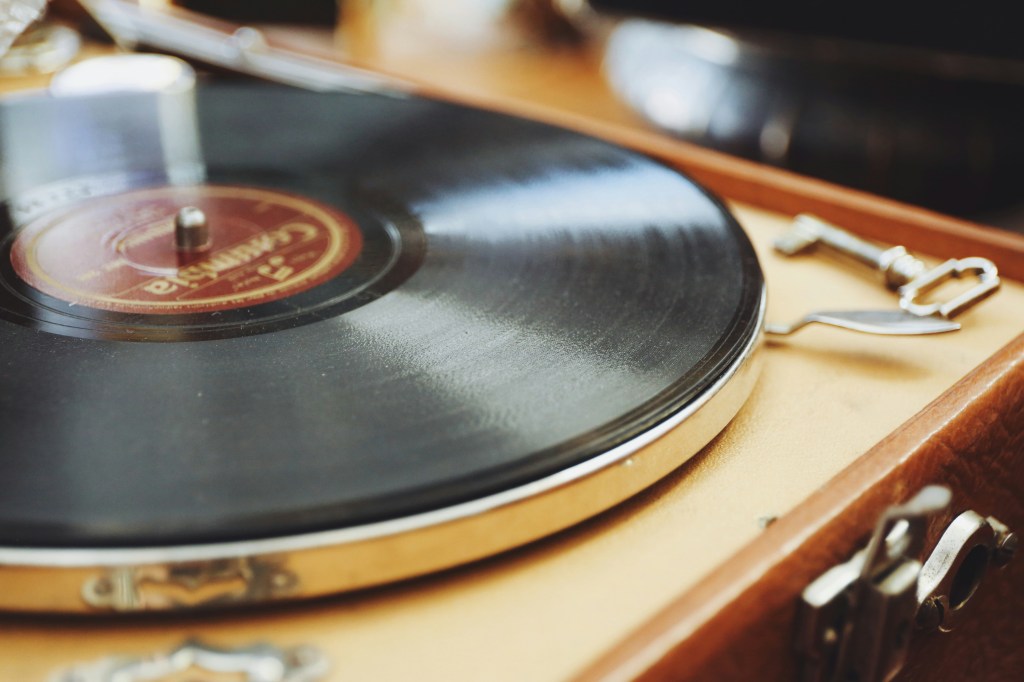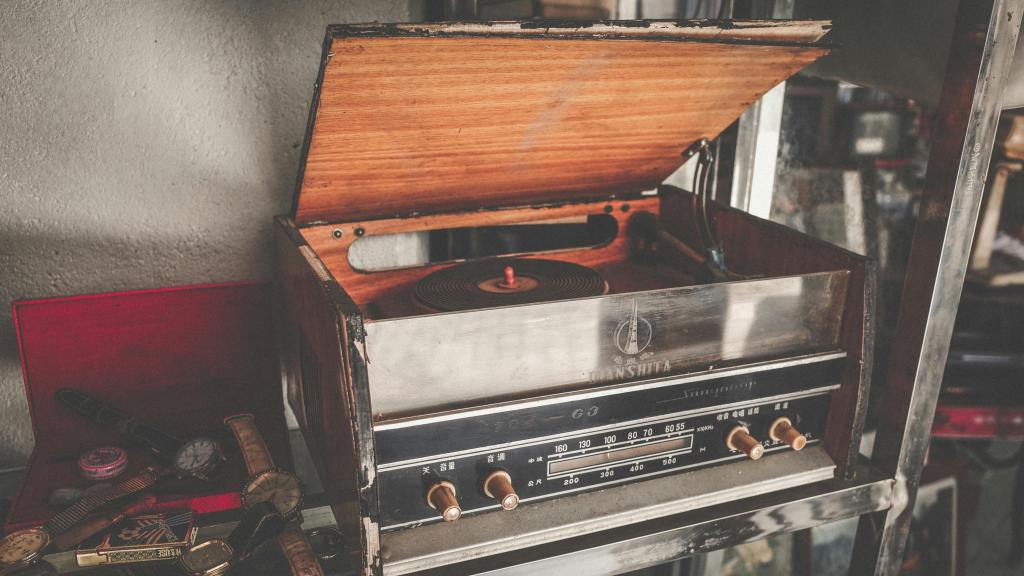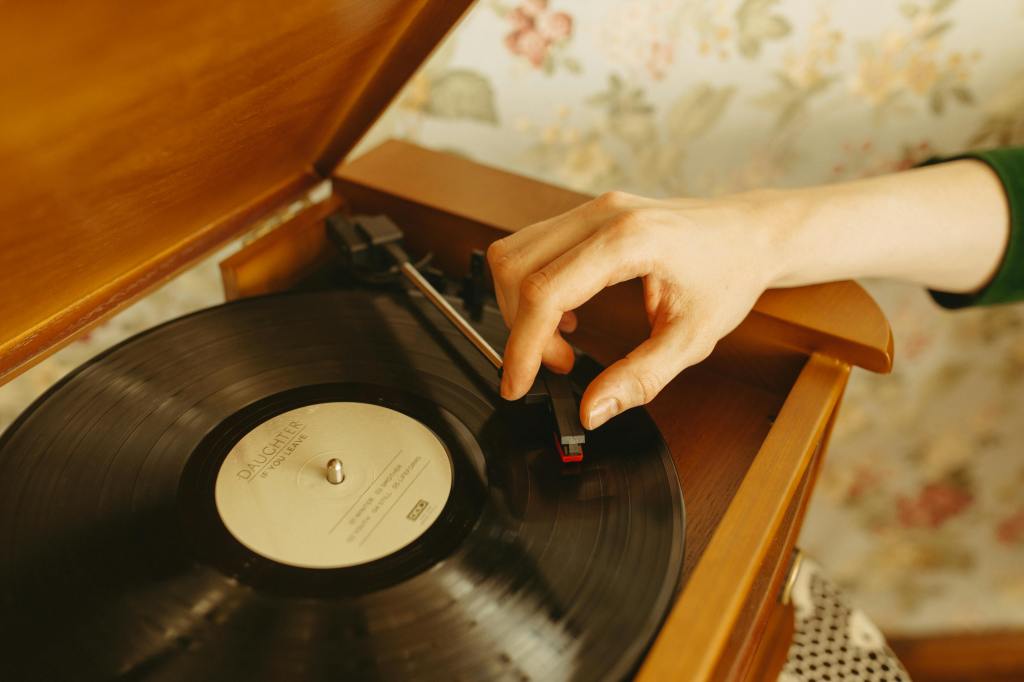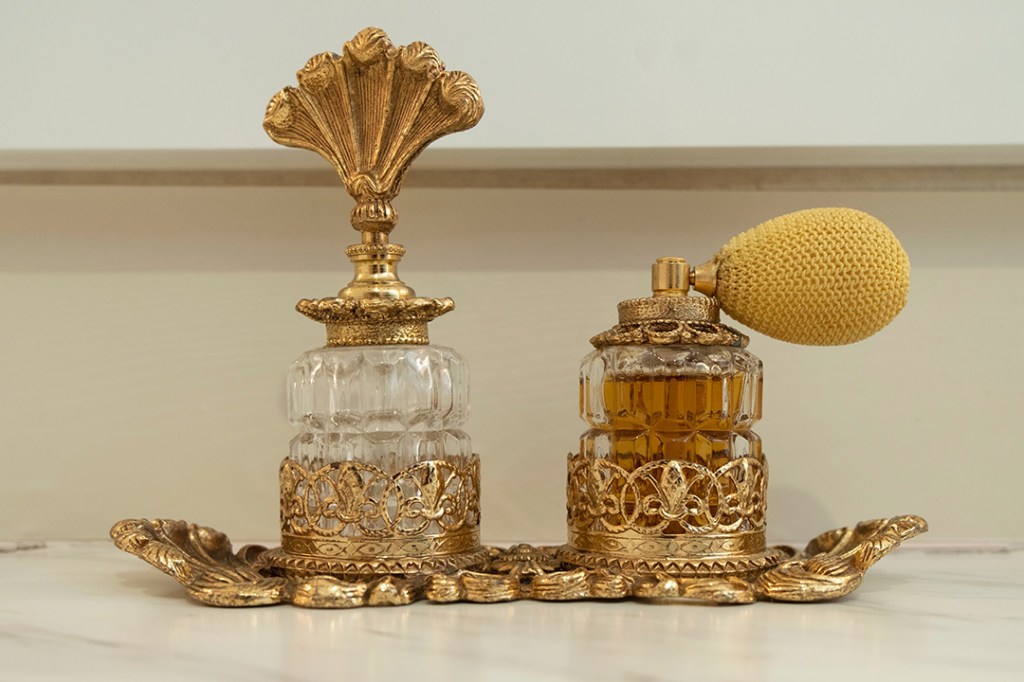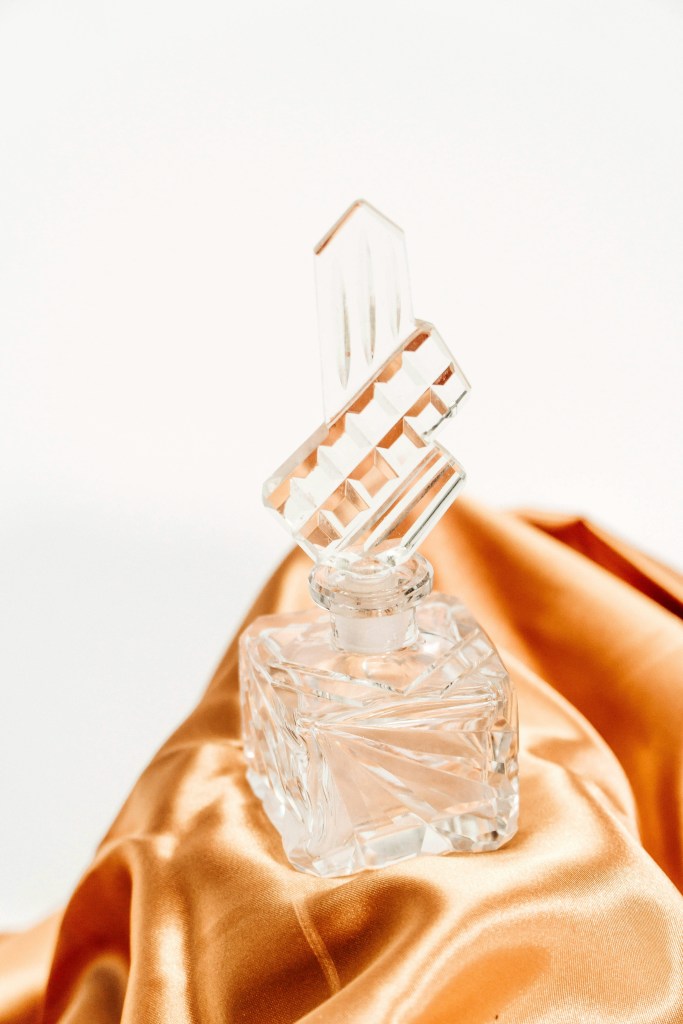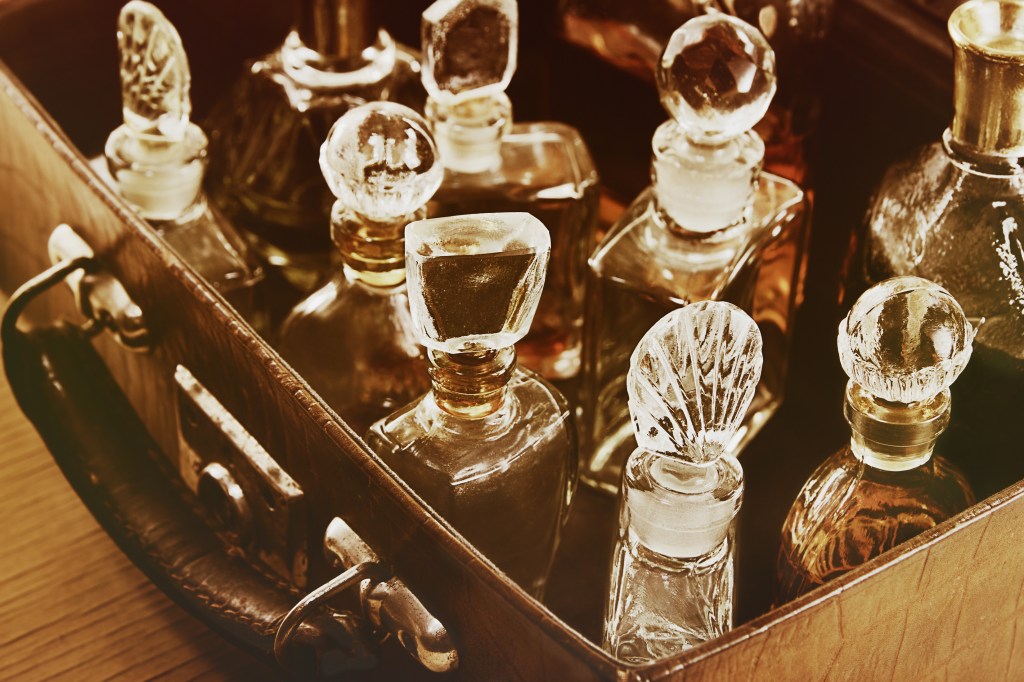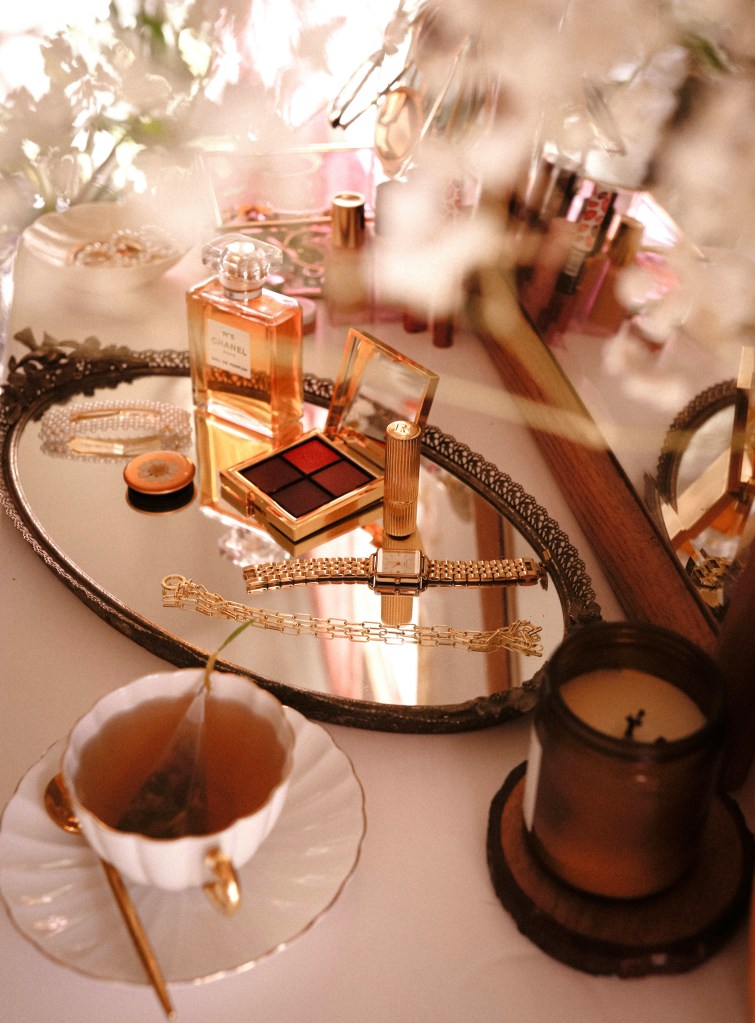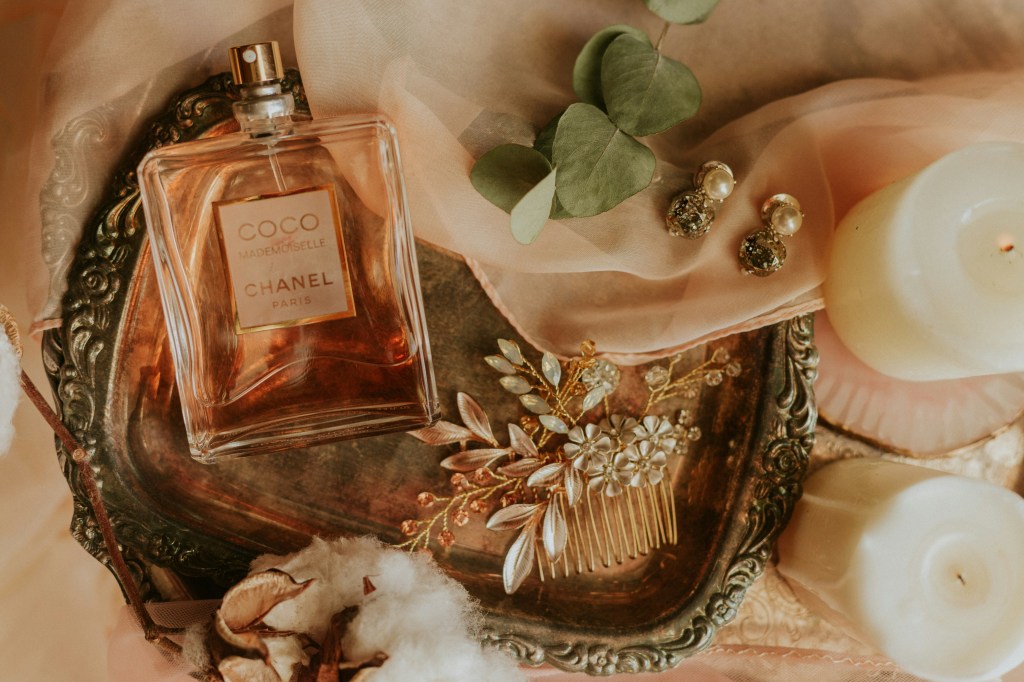Petroliana, as a category of collectibles, encompasses a wide range of items related to the petroleum industry. This includes but is not limited to, vintage gas pumps, oil cans, gas globes, fuel pumps, gas station signs, advertising signs, and other gas station memorabilia. Collectors today are often drawn to these items for their historical value, unique designs, and the nostalgia they evoke. The term “petroliana” itself is a blend of “petroleum” and the suffix “-iana,” which denotes a collection of items related to a specific subject.
The significance of vintage petroliana as a collectible category cannot be understated. For many, these items serve as a tangible connection to the past, offering a glimpse into the evolution of the petroleum industry and its impact on society. From the early days of the oil rush to the mid-20th century’s automotive boom, petroliana items capture the essence of eras gone by. Collectors and enthusiasts often seek out rare and unique pieces, with some items fetching high prices on the collectors’ market.
Understanding petroliana basics is essential for anyone interested in exploring a petroliana collection. It involves recognizing the items’ historical context and appreciating the craftsmanship and aesthetic qualities that make them desirable.
Whether it’s the vibrant graphics on a vintage oil can or the intricate design of a gas pump, each piece of petroliana tells a story. As a result, collecting petroliana not only offers the opportunity to preserve a piece of history but also to celebrate the art and innovation of the petroleum industry
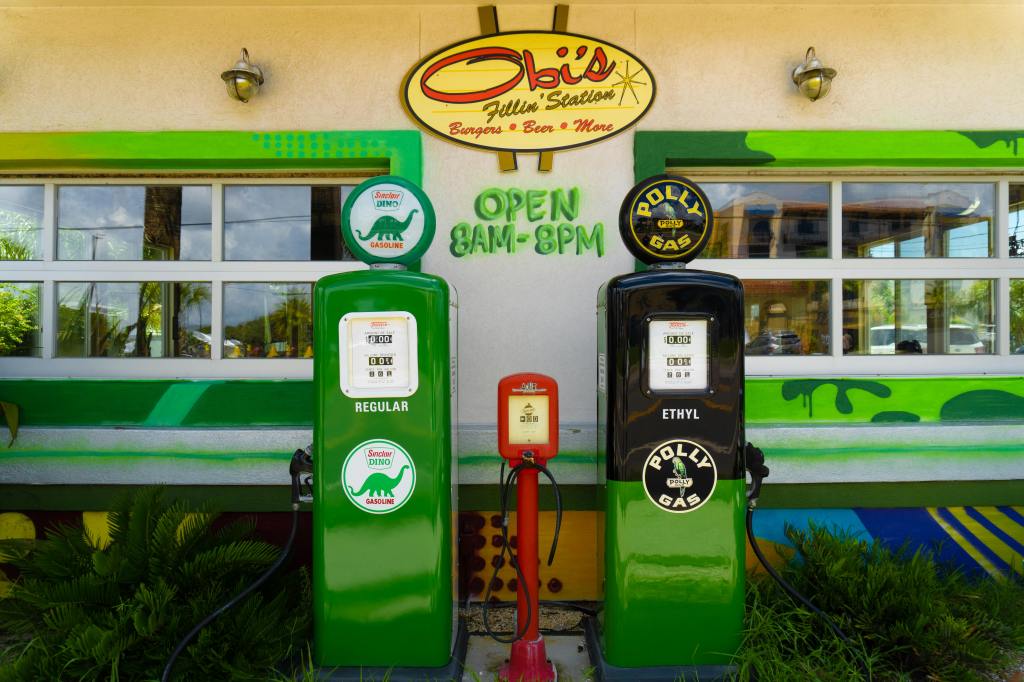
The Evolution of Petroliana: A Historical Overview
The journey through the evolution of petroliana items from their origins to the present day is a fascinating exploration of technological and cultural shifts.
The history of these items is deeply intertwined with the rise of the automobile and the expansion of the road network worldwide.
Evolution of petroliana
In the late 1800s, fuel dispensing was quite rudimentary, with pumps pulling fuel from underground tanks. Interestingly, these early pumps were not located at what we now recognize as gas stations but rather at dealerships. This period marked the beginning of a new era in fuel consumption and the distribution of petroleum products, setting the stage for the evolution of petroliana.
By the 1920s, the landscape changed dramatically as gas stations grew in popularity. This era introduced early gas pumps featuring visible, clear glass containers, a design choice driven by the necessity of ensuring the cleanliness of the gasoline.
The 1930s saw another major innovation, the introduction of electric gas pumps, which became commonplace during this period. These more efficient electric pumps included distinctive features such as a clock face and prominent branding. This era marked a significant shift towards a more sophisticated and user-friendly fuel dispensing approach, reflecting broader consumer culture trends and technological advancement.
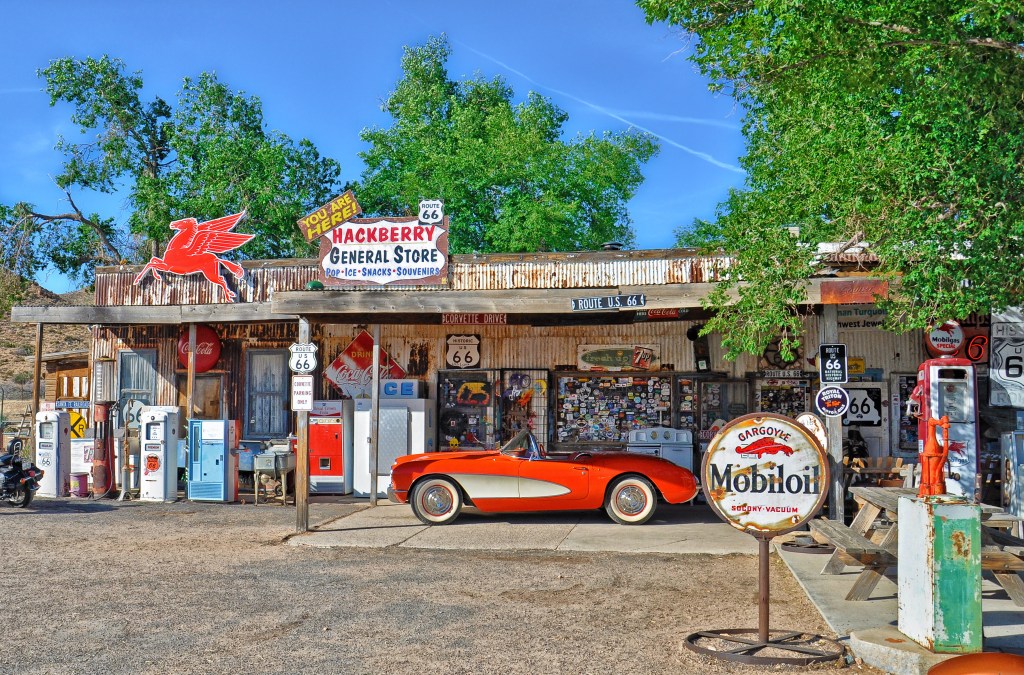
Key Collectible Categories in Petroliana
The fascinating world of petroliana collectibles encompasses various memorabilia associated with gas stations and the oil industry.
Among the most sought-after items are signs, cans, and pumps, each offering a unique glimpse into the history and evolution of this significant industry. These collectibles serve as cherished pieces of history and artistic representations of an era gone by, making them highly sought by petroliana collectors.
Gas pumps, for instance, stand as iconic symbols of the early automotive era, often restored to their original splendor to capture the essence of their time.
Gas pump globes, made of glass and featuring the logos of various oil companies, represent another category. However, due to their fragility, many collectors hesitate to acquire glass globes, fearing damage or breakage.
Oil cans and signs, especially those advertising items of gas companies like Texaco, Gulf Oil company, and Mobil, are among the most popular petroliana collectibles.
Antique signs, in particular, are favored for their ease of display and their wide variety. While finding petroliana signs can be relatively easy due to their abundance, locating specific brands or types can pose a challenge, making the hunt all the more thrilling for dedicated collectors.
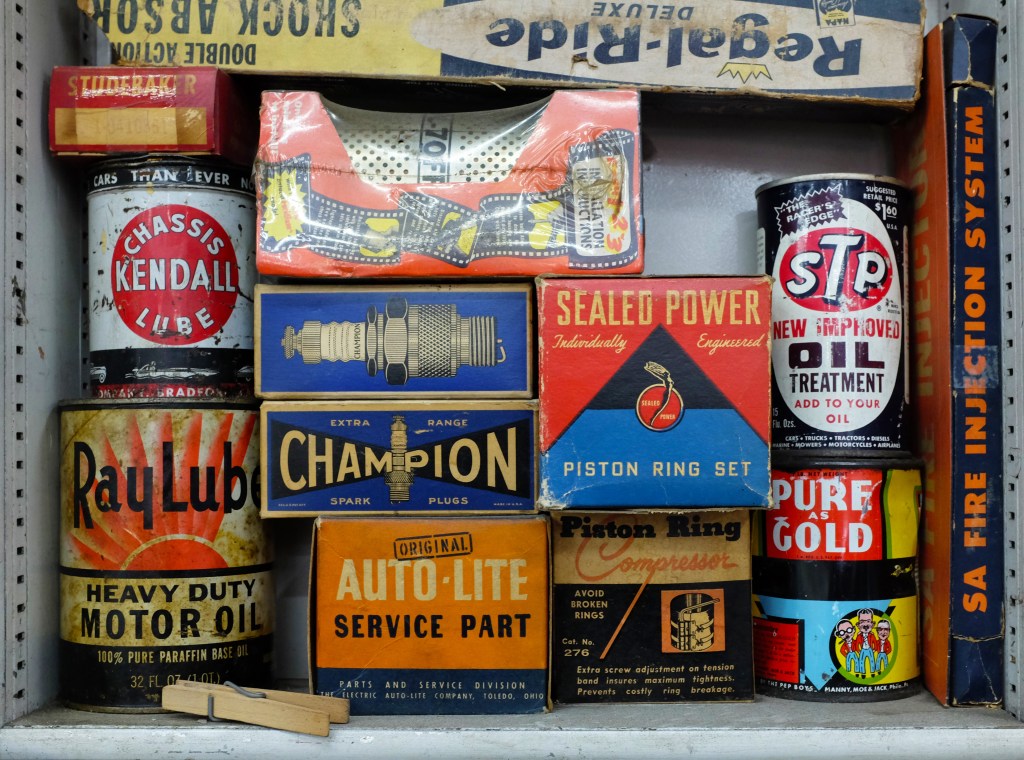
Significant Petroliana Artifacts and Their Stories
A deep dive into the world of petroliana reveals a fascinating array of artifacts, each with its own unique story. These items, ranging from the common to the incredibly rare, provide a tangible link to the past, offering insights into the evolution of the petroleum industry and its impact on society.
Gas pumps and gas pump globes
Among the more notable petroliana artifacts are gas pump globes, which once served as bright, glowing beacons for motorists. These glass globes, often adorned with the logos and colors of various petroleum companies, are now highly sought after by collectors.
Additionally, gas pumps, particularly the Texaco Fire Chief models, command attention and a considerable sum, often a couple of hundred dollars, due to their popularity and demand among enthusiasts.
Oil cans and porcelain signs
Metal oil cans and advertising signs represent another significant category within petroliana. These items, especially the porcelain signs and those bearing the names of Musgo Gas sign, Bruin Oil sign, and the West Coast Companies, are prized for their vibrant colors and historical value. The rarity and aesthetic appeal of these artifacts makes them very desirable, with collectors often willing to pay premium prices to add them to their collections.
Highly prized petroliana
Similarly, the Harbor’s Petroleum sign, known for its bright colors and iconic image of a seaplane landing on water, can fetch between $40,000 and $100,000. This wide range in value highlights the sign’s significance and collectors’ high level of interest.
Septic tank lids are one of the more unusual and highly valued items in the world of petroliana. Their rarity and unique place in the petroleum industry’s history render them extremely valuable.
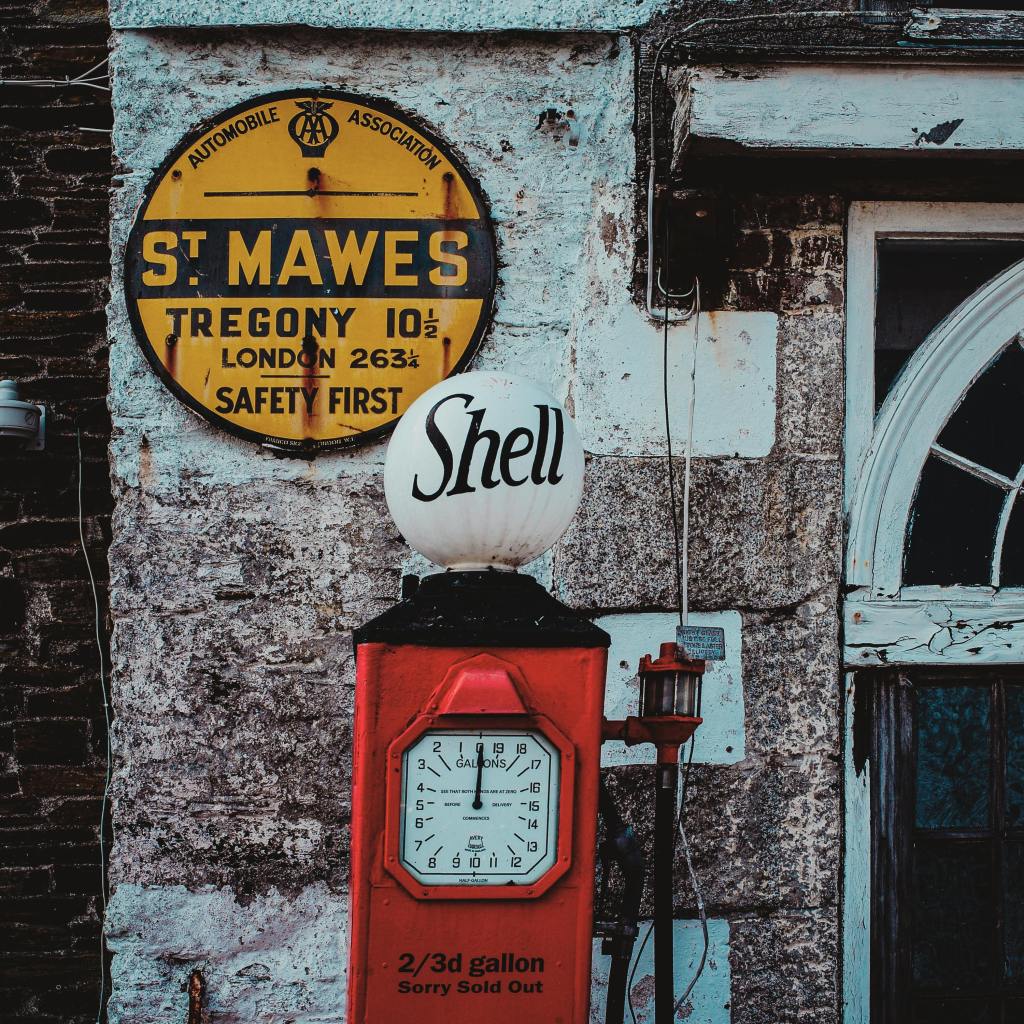
How to Identify and Authenticate Valuable Petroliana Collectibles
When delving into the world of petroliana, the art of identifying genuine and valuable items can be both intriguing and challenging.
To navigate this successfully, one must learn various authentication methods. Understanding the hallmarks of authenticity, including brand markings, manufacturing details, and signs of age, is crucial.
Focusing on different brands and gas station memorabilia can offer a good starting point for collectors. These brands have produced some of the most sought-after pieces in the petroliana world, and their items often carry a premium.
However, a piece’s true value goes beyond the brand name. It is deeply influenced by its condition, how desirable it is among collectors, its rarity, and, of course, its age. Each factor is critical in determining an item’s market value and collectability.
Additionally, thorough research on a gas company’s history and cultural impact is invaluable. The petroleum industry has a rich and varied history, influencing and reflecting societal trends and technological advancements in the automobile industry over the years.
Understanding this context can provide deeper insights into the significance of certain items and help collectors make informed decisions about their authenticity and value.

Preservation and Care Tips for Petroliana Collections
When it comes to preserving and maintaining petroliana items, ensuring their longevity and value is paramount. Petroliana, which includes vintage gas station collectibles, signs, and other related memorabilia, requires specific care, especially when dealing with metal pieces that are prone to rust due to age and exposure to moisture-rich environments like basements or garages.
Caring for petroliana
If you’re considering adding vintage petroliana to your collection, inspecting the items’ condition is crucial. While a piece may have historical significance, its value could be compromised if severely damaged or rusted.
However, if you’ve set your heart on a rusted item, there are ways to restore its beauty, although results can vary. Start by lightly rubbing the surface with a crumpled ball of aluminum, wire brush, or steel wool to remove rust without damaging the paint, which is a critical aspect of the item’s value.
For more stubborn rust, applying vinegar or lemon juice mixed with salt can help loosen it. Alternatively, a thick paste made from equal parts water and baking soda can be effective. Apply it with a clean, wet rag and allow it to sit for a few hours to do its work.
Petroliana maintenance tips
Establishing a maintenance routine is essential for maintaining your petroliana collection. After cleaning and removing any rust, ensure the item is completely dry before applying a protective coat of Minwax or Raindance wax. Apply the wax in small, circular motions with a light touch, allow it to dry, and then gently wipe off any excess with a clean, soft cloth. This extra step not only enhances the item’s appearance but also provides a layer of protection against future damage.
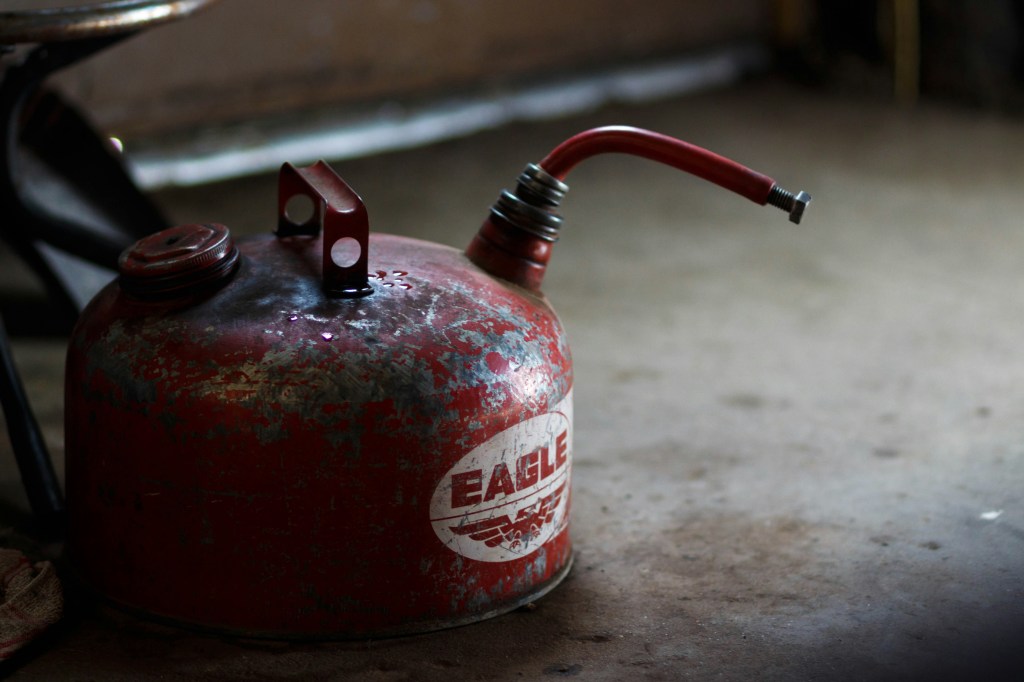
The Market for Petroliana: Trends and Valuation Insights
In recent years, the collection of petroliana, or gas station memorabilia, has seen a significant uptick in popularity.
The valuation of these items can vary widely, influenced by factors such as rarity, condition, brand recognition, and historical significance.
One standout piece in the petroliana collectibles market is the Bruin Oil sign, a highly coveted item among enthusiasts. This particular sign can fetch upwards of $20,000, highlighting the investment potential of well-chosen pieces. Such high-value items underscore the market’s vibrancy and the significant demand among collectors for rare and unique pieces.
For those new to petroliana collecting, there are more accessible entry points that offer both charm and investment potential. For instance, the Musgo sign, especially the Texaco Texas Chief version, presents a more affordable starting point. Gas pumps from the Sky Chief series are also popular among beginners, with prices typically ranging from $200 to $250.

Connecting with Other Collectors: Communities and Resources
Engaging with the world of petroliana collecting can be an exciting and rewarding hobby. For enthusiasts looking to dive into this niche, connecting with other collectors and accessing valuable resources is crucial.
To start, it’s essential for newcomers to immerse themselves in the subject. Acquiring knowledge not only enhances one’s appreciation of the collectibles but also aids in making informed decisions. Resources such as “Check the Oil” magazine and “Petroleum Collectibles Monthly” are great for staying updated on the latest news and insights in the petroliana world. Additionally, exploring books dedicated to petroliana can provide a solid foundation of understanding.
The community aspect of petroliana collecting cannot be overstated. Engaging with online forums and communities unites enthusiasts from around the globe, offering a platform to share, learn, and connect. These online spaces are treasure troves of information and can often lead to discovering rare finds or learning about upcoming events.
Speaking of events, local communities frequently organize gatherings and swap meets specifically for petroliana collectors. Attending these events is a fantastic way to see collectibles in person and meet other enthusiasts. Don’t shy away from striking up conversations with seasoned collectors; their experience can offer invaluable insights and potentially sell sought-after pieces for your collection.
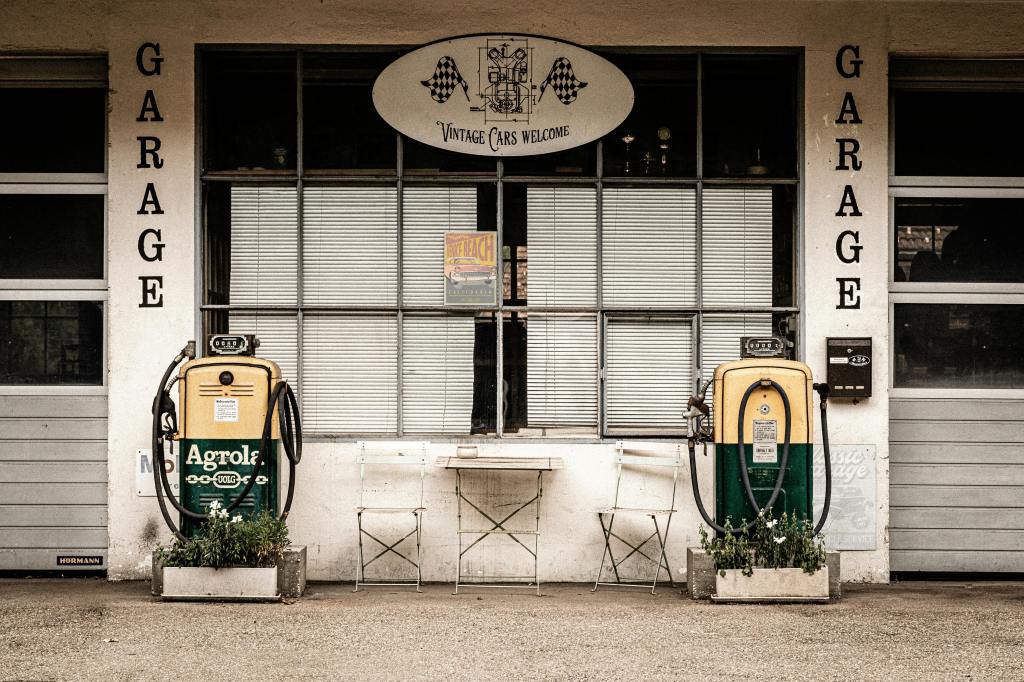
Conclusion: The Cultural Impact of Petroliana Collecting
Petroliana collecting has garnered a significant cultural following. This unique form of collecting not only serves as a personal enjoyment for many enthusiasts but also plays a pivotal role in preserving historical artifacts and celebrating petroliana heritage.
Collectors contribute to safeguarding a part of industrial history that might otherwise be forgotten by accumulating items such as old gas pumps, signs, and motor oil cans. This practice offers a tangible connection to the past, allowing for a deeper appreciation of the evolution of the petroleum industry and its influence on society.
The cultural impact of petroliana collecting extends beyond mere nostalgia. It fosters a community of individuals who share a passion for preserving an important era in technological and social development.
Sources
https://www.collectorsweekly.com/petroliana/overview
https://webersnostalgiasupermarket.wordpress.com/2010/10/11/petroliana-history/
https://journalofantiques.com/features/collecting-petroliana/
https://www.hagerty.com/media/archived/petroliana-profile/
https://houstonestatesalesauctions.com/collectible-petroliana/#:~:text=Among%20the%20most%20valuable%20Petroliana,rare%20or%20in%20excellent%20condition.
http://theantiquesalmanac.com/caringforpetroliana.htm
https://worldclassantiques.com/insights/petroliana-popularity.aspx
https://www.collectorsweekly.com/articles/an-interview-with-vintage-petroliana-oil-and-gas-collector-jim-potts/
https://discover.hubpages.com/games-hobbies/Collecting-Gas-and-Oil-Advertising-The-Ultimate-Garage-Art

